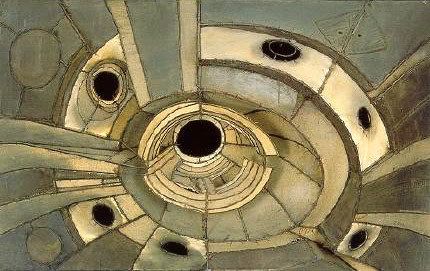
“There are so many holes.” I overheard one very observant old lady say to her friend, who nodded in agreement; both not quite sure what to make of them. Those empty gaping spaces seemed to be creating ones in our minds, begging to be explained. Holes filled with mysteries… why are they here?... What do they mean?... And most importantly… Who created these pieces?
Though the exhibit was a collection of the life’s work of Lee Bontecou, by the time I reached the end, I had even more questions about the artist than I did when I started. I didn’t feel satisfied until I read an essay by A.T. Smith entitled All Freedom in Every Sense. This particular essay is one of five essays in the book Lee Bontecou A Retrospective and, in my opinion, the most effective essay in conveying the histories and influences behind Bontecou’s work.
Smith’s essay does a very good job in detailing Bontecou’s background; her family, her schooling and the progress of her art. It made sense of her different use of mediums with sculpture and drawing. For example how she discovered that the blowtorch she used dispersed soot on the paper, thereby explaining how she came to create Plates Six, Seven and Eight at the same time she was creating sculptures. Smith also helps the reader to better comprehend Bontecou’s work by adding quotes and opinions already expressed by other writers and artists like poet Tony Towle, artist Eva Hesse and critic Donald Judd.
In fact many of the critics drew from ideas that had been previously expressed by Donald Judd. His essay, Lee Bontecou, seems to be considered the most comprehensive by the other writers. In his essay Seek and Hide, Robert Storr writes; “Greatest honor goes to Judd, since it was he, starting in 1960, who most enthusiastically supported Bontecou’s work… and it was he who most deeply and clearly understood its formal and poetic significance.” Where Smith’s essay was good for understanding the facts and the background behind the artist, Judd’s essay is a tool to help one analyze the meanings behind the artists’ works. Judd seems to glaze over her history and focus more on describing her work and what the pieces might suggest. One can see this in one of my favorite quotes of his that was also borrowed by Smith in her essay; “The image extends from something as social as war to something as private as sex, making one an aspect of the other.”
Where most of the writers drew on quotes from other writers one writer, Mona Hadler in her essay Lee Bontecou’s Worldscapes, draws on quotes from the artist herself. This is the strength of her essay. Instead of blanketing her essay with analyses of her own, she uses things that Bontecou has said about her own work and the work of others to illustrate the ideas behind the art. She gives Bontecou’s own opinions on her use of the color black and how she was influenced by science, more importantly the launch of Sputnik. Where Judd and Storr do their best to analyze Bontecou’s work based on their perceptions, Hadler’s essay does a great job of bringing to light the actual objects and experiences that influenced Bontecou’s works. She uses what Bontecou has already said and admitted about her work to draw her opinions, thereby giving the reader a deeper understanding of Bontecou’s works by giving us a chance to see into the artists thought processes.
The most effective essay though as an art history essay is Inner and Outer Space, Bontecou’s Sculpture through Drawing by Donna De Salvo, because it is a more focused essay. It focuses on an aspect of her work instead of all of her works and the artist as a whole. Its placement in the book as the last essay was a well planned one. After reading the rest of the essays one has a better understanding of the artist and is ready to get into more depth and analysis of certain aspects of her art. De Salvo uses direct quotes from the artist throughout the essay, helping the reader to understand the ideas behind the particular works being analyzed.
There is an absence of direct quotes from Bontecou in Robert Storr’s essay and I think it is because of these feeling of being removed from the artist herself that moved Bontecou to write a rebuttal to his ideas. What I enjoyed about Hadlers essay was the close interplay of thoughts from the author and thoughts from the critique. It makes it so the reader could form their own opinions as well based on what Bontecou has said herself as opposed to what a critique has come up with on their own devises. It is so important to the evaluation of art to stay close to the ideas expressed by the artist. More important than what the audience sees or devises from viewing the art, is what the artist is trying to say, what the artist believes they are portraying. An artist doesn’t create to be evaluated or judged, an artist creates because they feel the need to express themselves. Art is very self-centered. An artist’s self-perception of their work and themselves does outweigh any opinions the public might gather from just seeing a work. No one is as close to the art as the artist is.
But the art is out there for the public to see, analyze, critique and formulate their own opinions of. And the connection between artist, artwork and audience is a special one and not to be discarded or overlooked. There is, undeniably, something magical about standing in front of a piece that was given life by an artist and experiencing this creation with a total stranger who just had one comment; “There are so many holes.” This was not negative or positive, this was not a comparison or a critique, this was a statement, and a way to understand what we were seeing, what we were experiencing together because of a person who had to express themselves in an effort to uncover life’s mysteries.

Copyright Megan Tharpe 2003

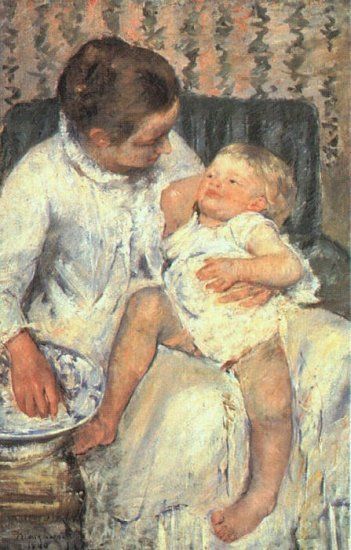
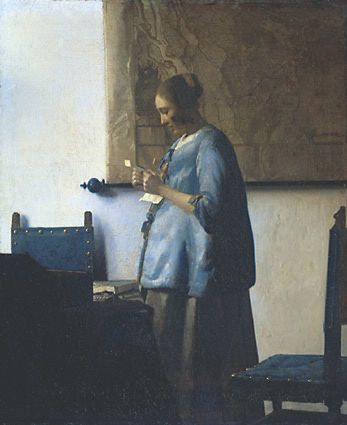
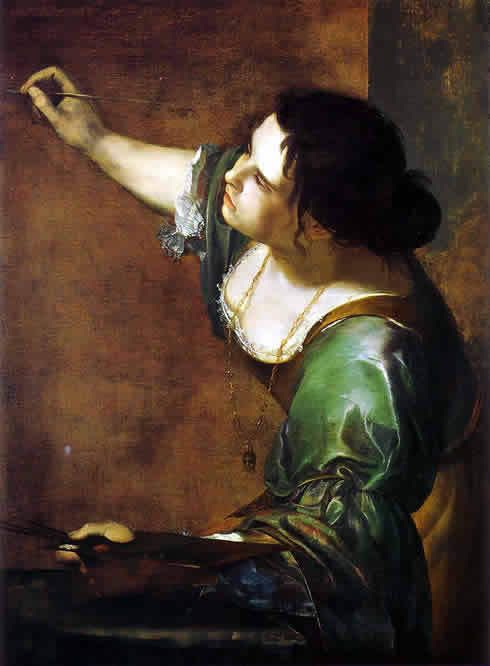

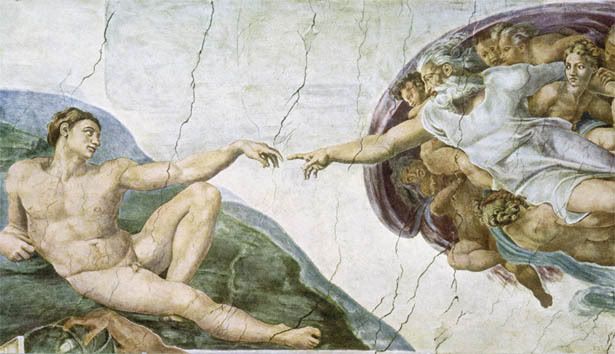
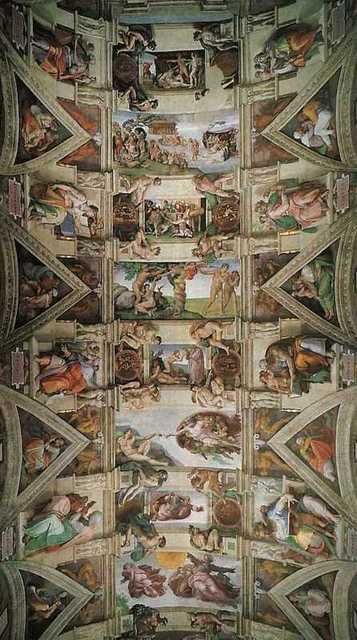
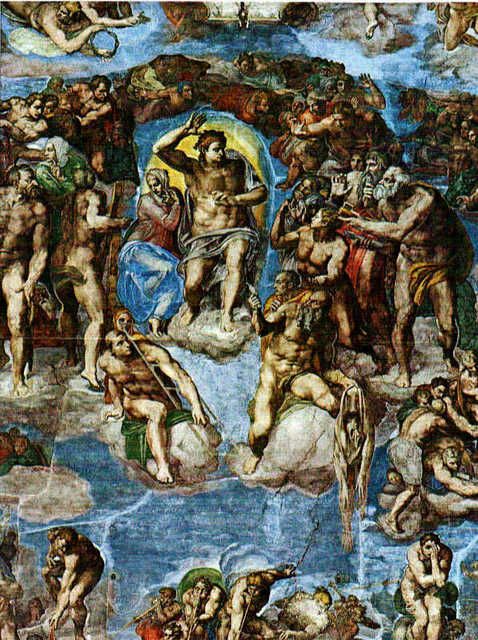
 detail from altar
detail from altar  detail from ceiling
detail from ceiling